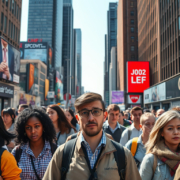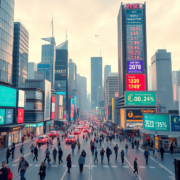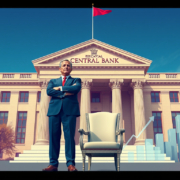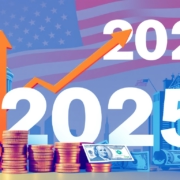Trump’s Alarming 41% Tariff on Syria: Economic Stranglehold or Political Leverage?
Syria Faces Further Economic Strain Amid Highest Global U.S. Tariffs Despite Recent Sanctions Lift
Date: August 6, 2025
The Trump team sets a 41% tariff on Syrian goods. This tariff rate is the highest in the world. President Trump lifted U.S. limits on Syria just a few months ago. The new tax and the lifted rules now work side by side in a surprising way.
A Complex Economic Landscape for Syria
Syria carries the label of a terrorism supporter since 1979. The U.S. set strong limits in 2004 and pushed them further in 2011 when the government acted harshly against protestors. Years of civil war, harmful fighting among groups, and the rise and fall of ISIS have left Syria hurt. Its markets, banks, and services now suffer under these heavy burdens.
In May 2025, at the Ritz-Carlton in Riyadh, President Trump announced a full removal of U.S. limits. Many saw this as a sign that Syria might soon heal. Yet only three short months later, the high tariff casts doubt on that hope. U.S. trade with Syria is very small. In 2023, exports hit about $11.3 million, while imports stayed near $1.29 million. The steep tariff now sends a strong and clear signal.
Impact on Reconstruction and Trade
Experts say Syria needs help to rebuild. The transitional government, led by President Ahmed al-Sharaa, looks for steady support from abroad. Over two-thirds of Syria’s power grid is down, and major cities like Aleppo and Damascus face long blackouts. Relief groups plan energy projects. One project from Qatar aims to supply gas to over 5 million people. The new tariff may cut off the chance for better U.S. trade and slow down fresh investment.
Giorgio Cafiero, CEO of Gulf State Analytics, notes that the high rate stops any chance for solid trade ties with the United States. He sees the measure as direct pressure on Damascus to shift its politics. His view is that U.S. goals include pushing Syria to adjust its stance, such as moving toward a different kind of relation with Israel, which still acts in Syrian areas.
The Symbolism Behind the Tariff
The high rate may not hurt trade numbers much, yet it speaks loudly. The tariff works like a firm hand that keeps Syria in check. U.S. adjustments later may depend on choices made in Damascus. H.A. Hellyer, a senior fellow at the Royal United Services Institute, warns that Syria’s recovery teeters on a thin line. He says one misstep could push Syria back into deeper conflict and pain.
International and Diplomatic Dimensions
After limits fell, delegations from the U.S., Gulf states, and others visited Syria. Qatar and Saudi Arabia stay active in builds and aid works. Fahad Al-Sulaiti, director general of Qatar Fund for Development, says U.S. contacts work with them to support Syria’s fragile state. U.S. envoy Tom Barrack voices strong backing for Syria’s transitional government. No clear word has come from the State Department or the White House on why the tariff makes sense in Syria’s case.
Conclusion
The 41% tariff on Syria follows soon after removing old U.S. limits. This mix of actions shows a U.S. approach that holds both care and doubt for Syria’s new government. Even if the tax may not hurt trade right away, its strong message could affect Syria’s steps toward lasting calm and rebuild. As Syria works to recover from years of damage, experts urge a united international effort that avoids mixed signals.
For ongoing coverage and analysis of Syria and global economic policies, subscribe to CNBC PRO or join the Investing Club.









